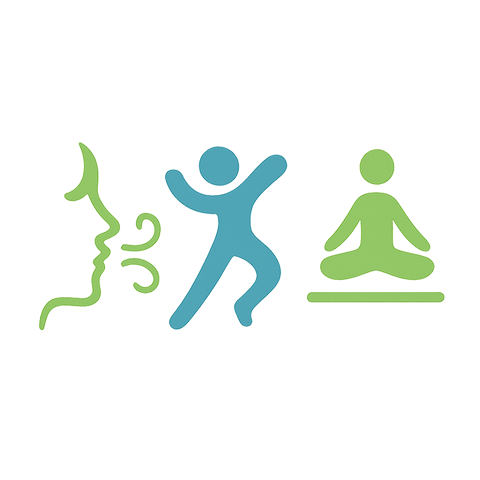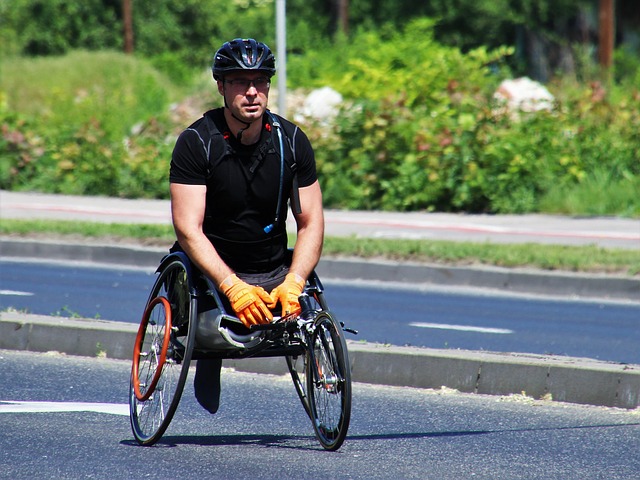Revitalizing Strength: The Power of Active Recovery in Fitness Training
In the realm of fitness, strength is often equated with pushing harder, lifting heavier, and maximizing every second of our workouts. However, to truly nurture our bodies and enhance our performance, we must embrace an often-overlooked yet vital component of training: active recovery.
Active recovery is more than just a buzzword; it’s a philosophy that recognizes the balance between exertion and relaxation. While it may seem counterintuitive, allowing your body time to recover actively can lead to improved health and strength over time. Imagine your muscles as a rubber band—overstretch it, and it may snap; however, giving it time to relax and return to its natural state enhances its flexibility and durability.
Understanding Active Recovery
So, what exactly does active recovery entail? It encompasses low-intensity activities that promote blood flow to the muscles without causing additional strain. Think light jogging, cycling, yoga, or even brisk walking. These activities stimulate circulation, hasten the removal of lactic acid, and reduce soreness, allowing your body to heal and grow stronger.
The Benefits of Active Recovery
Incorporating active recovery into your routine can lead to a myriad of benefits:
- Enhanced Recovery: Engaging in gentle movements helps flush out toxins and promotes blood circulation, which accelerates recovery and reduces muscle stiffness.
- Injury Prevention: By allowing tiny micro-tears in your muscles to mend before pushing yourself again, you significantly lower the risk of injury.
- Boosted Performance: Regular active recovery can lead to more consistent performance. Your body learns to adapt and perform better each time you challenge it.
- Mental Refresh: Taking a step back from intense workouts can prevent burnout and keep your motivation high. Sometimes, a lighter workout can refresh your love for fitness.
Integrating Active Recovery into Your Training
To harness the benefits of active recovery, consider incorporating it into your fitness training schedule. Following intense workout days, dedicate time to active recovery. This could mean taking a yoga class, going for a leisurely swim, or even engaging in playful activities like hiking with friends or family. The key is to keep the movement at a comfortable pace, allowing your body to recuperate while still engaging in enjoyable physical activity.
Moreover, listen to your body. Recognizing when you need a recovery day versus when to push harder is an essential skill in any fitness journey. Regular check-ins with your body can help you stay in tune with its needs, setting you up for long-term success.
Conclusion
Embracing active recovery can redefine how you approach your fitness journey. By understanding its importance and integrating it into your routine, you empower your body to grow stronger and healthier in a sustainable way. Remember, true strength lies not just in how much we can lift, but in how well we can listen to our bodies and respond with care, gratitude, and respect.




